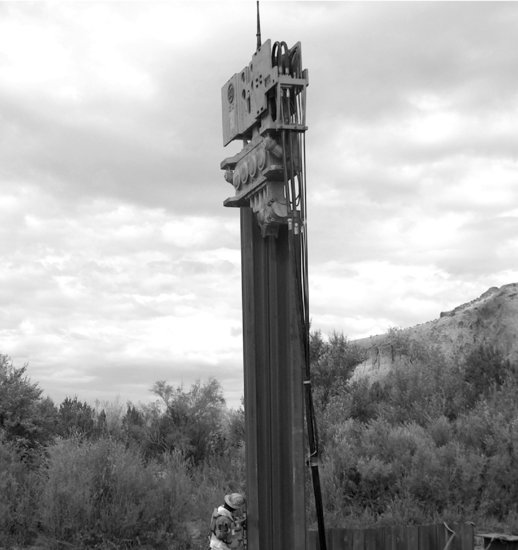5.4
LRFD Pile Foundations
5.4.1 LRFD Piles – Overview
Unlike drilled shafts which are basically large drilled piles, the topic of pile foundation design and construction includes drilled piles, driven piles, rammed concrete and aggregate piles, and dozens of patented pile-installation systems.
Both geotechnical ASD (allowable stress design) and LRFD (load and resistance factor design) designs of piles includes analyses of ultimate load capacity and settlement of individual piles and pile groups. Frequently piles are load tested by static and dynamic methods to verify load-settlement characteristics, which reduces uncertainty and allows use of smaller factors of safety or larger resistance factors.
Differences between geotechnical ASD (Bowles, 1982 and 1996) and LRFD design and analysis requirements for piles are partly terminology and partly analysis methods used. As we discussed above in Section 5.2, three primary loading conditions need to be analyzed: service loadings, strength loadings, and extreme loadings. Pile foundations are designed for ultimate pile capacity (called nominal load capacity in LRFD) for strength loadings and checked for service and extreme loadings. An illustration of pile driving using a vibratory hammer is given in Figure 5.4.1 below.
Figure 5.4.1 Checking plumb before driving, vibratory hammer shown

In geotechnical LRFD design the ultimate load capacity ...

